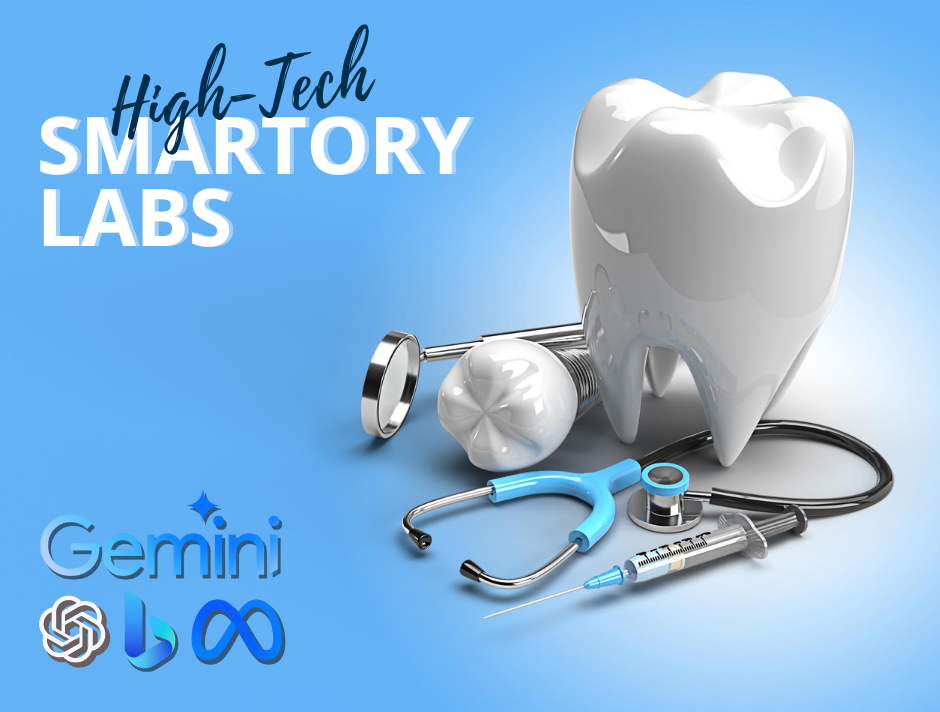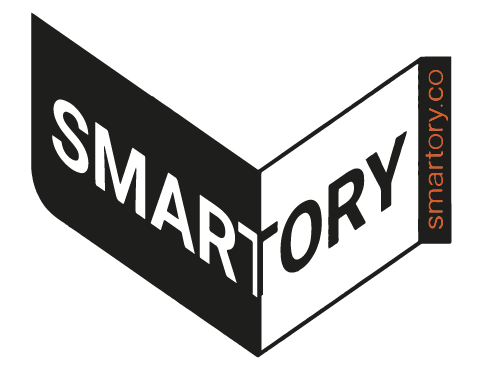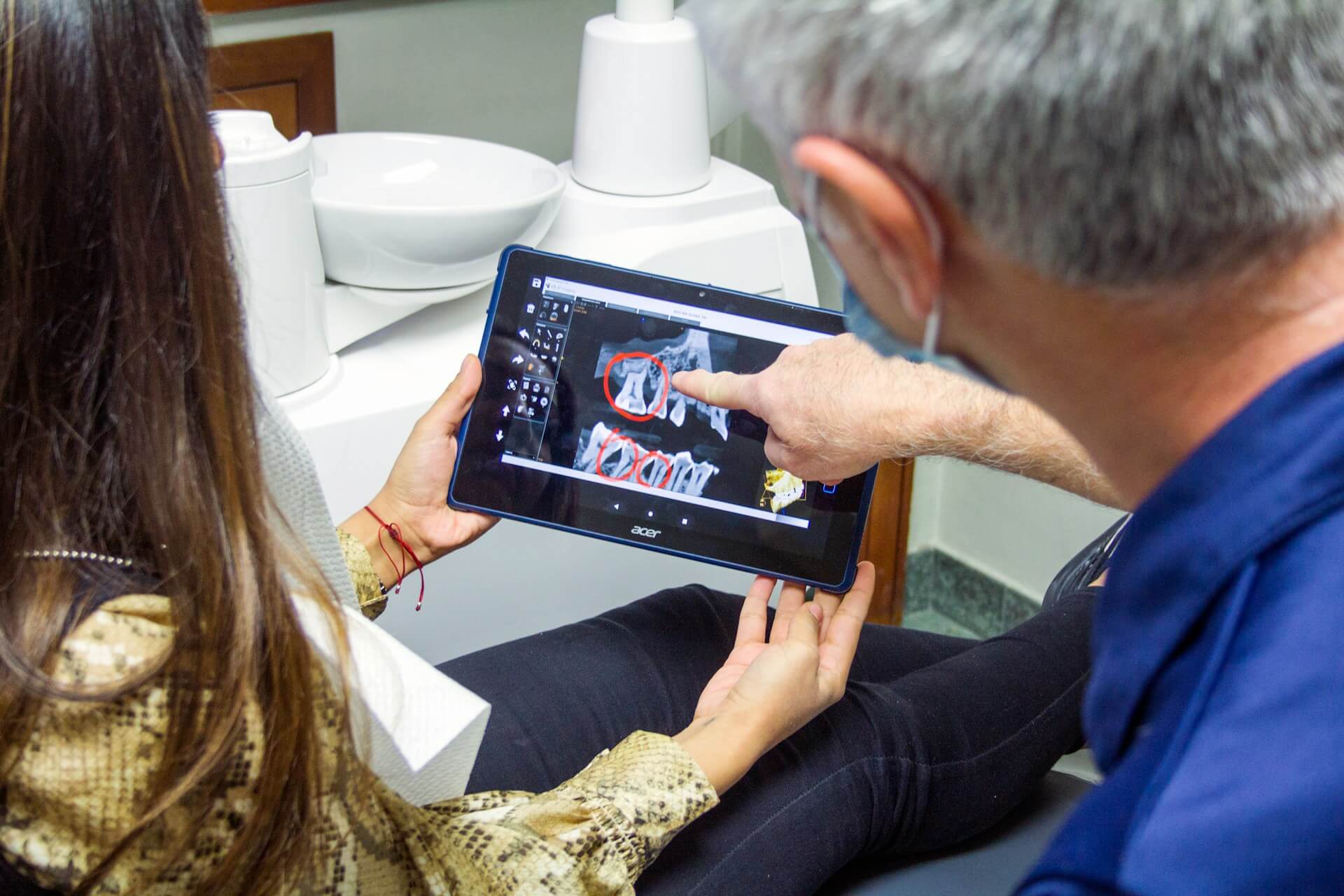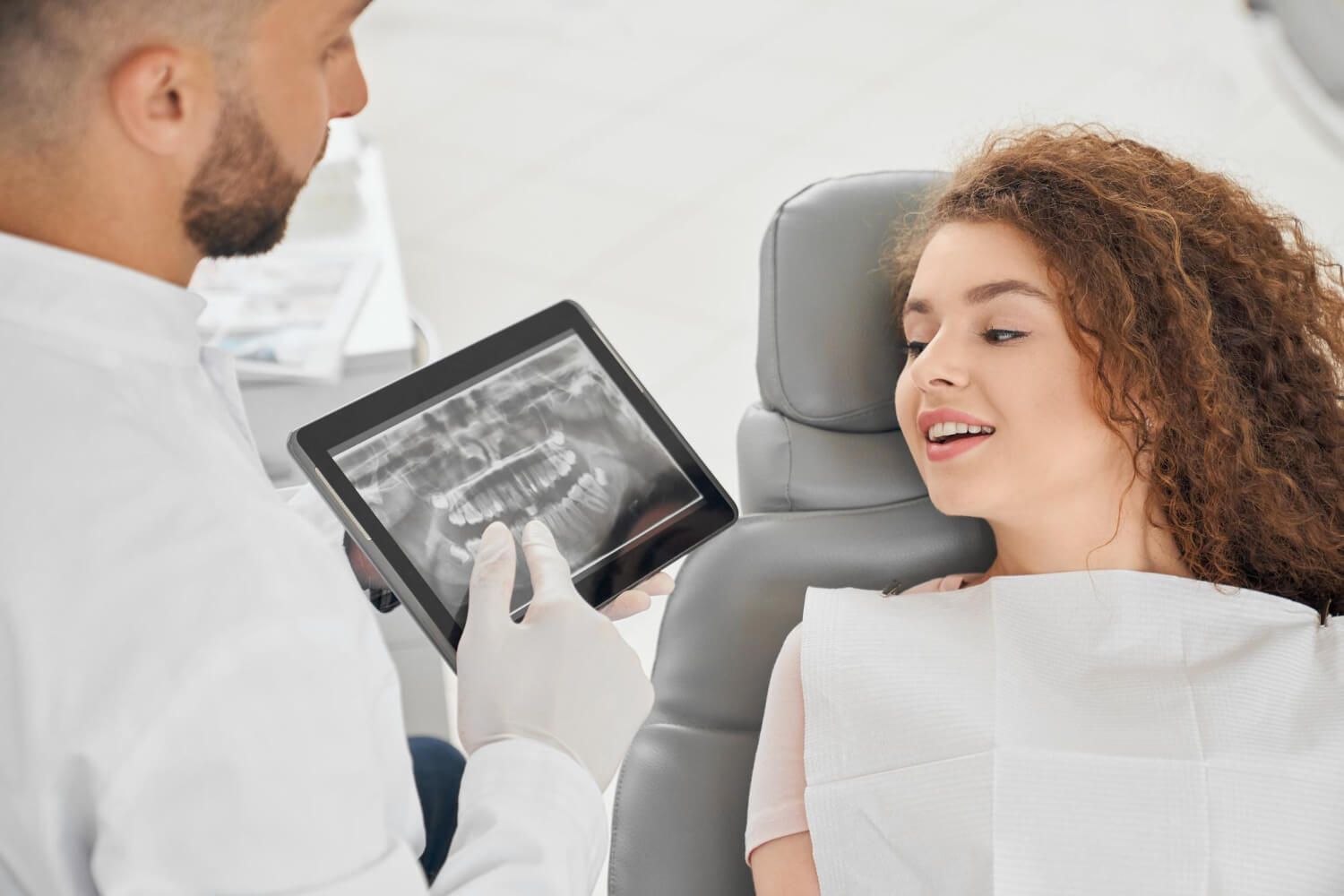
Smartory’s research into AI applications in dentistry, which is at the forefront of dental technology, illuminates a path where traditional methods and cutting-edge innovations coexist seamlessly. The use of AI, particularly LLMs such as GPT-4 and multi-modal models, indicates a significant shift in dental disease diagnosis and treatment, providing previously unattainable precision and efficiency.
Table of Contents
Pioneering Research: Transforming the Dental Assistant Realm with AI
The groundbreaking research presented in “ChatGPT for shaping the future of dentistry: the potential of multi-modal large language models” introduces a novel approach in dental healthcare, integrating AI to enhance diagnostic and treatment planning processes. Leveraging the power of AI to analyze medical imaging, including X-rays and CBCT scans, has significantly improved the detection of dental caries and periodontitis, and the planning of oral surgeries, enhancing both diagnostic accuracy and the personalization of treatment plans. At the forefront of this revolution, GPT-4, alongside other LLMs and multi-modal models such as BioBert, ClinicalBert, and SciBert, ALBEF, AlphaFold play a pivotal role by mining vast amounts of biomedical documents, clinical records, and scientific research, extracting valuable insights to refine dental diagnostics and treatment methods, bridging the gap between extensive data analysis and its practical application in dentistry. These advances in AI will improve medical visual questioning-answering processes.
Enhanced Performance: Multi-Modal LLMs Adapt to Any Data Type
The effectiveness of cross-modal models and a fully automatic diagnosis system based on Multi-Modal LLMs is one of the main advantages of AI, thus a novel framework has been proposed in the paper that its components include vision, audio, and language modules. This innovative system enables dentists to gain a thorough understanding of their patients’ conditions by analyzing radiography images, medical history, and patient voices simultaneously, allowing for the development of complex and effective treatment strategies. Furthermore, LLMs and multi-modal models perform well when processing mixed-structured medical data, demonstrating how text mining can extract important information from unstructured data such as healthcare professionals’ notes. This capability is critical for tailoring treatment plans to individual patient’s needs, highlighting AI’s significant impact on personalized dental care.
Digital Dentistry: Harnessing the Dental Assistant's Role in Practice
LLM’s potential includes complex areas like patient care and drug safety. LLMs’ advanced natural language reasoning skills offer a comprehensive approach to understanding patient health concerns. They can easily navigate medical records to identify a wide range of medical conditions, adverse drug reactions, and other risk factors. With this comprehensive analysis, dentists can confidently recommend treatment plans and reduce the risk of side effects such as gum bleeding and bisphosphonate-related osteonecrosis. It is a step forward in making safer, more informed healthcare decisions by utilizing AI to mitigate potential health risks.

CONCLUSION
AI technologies, especially LLMs and multi-modal models, are expected to play a significant role in digital dentistry in the near future. The possibilities include improving diagnostic accuracy through advanced image-text analysis and creating synthetic medical records for research. These advancements promise a future in which dental care is more precise, efficient, and personalized, transforming the patient experience and establishing new industry standards.



